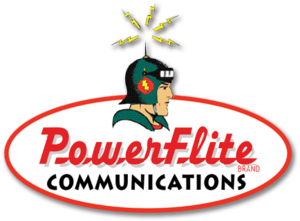What are examples of identical (or nearly identical) products sold at different price points?
/In the U.S., you can generally find the most examples of identical or nearly identical products sold at different price points in chain drug stores, grocery stores, and hardware/home improvement stores. Why? Because chain stores in each of these categories almost always sell a major brand version and a private label (store brand) version of very similar products. They are known as Consumer Packaged Goods (CPG).
For example, most drug stores sell Bayer brand aspirin, but they also sell aspirin under their own name at a lower price. The same is true of hundreds, possibly thousands, of other over-the-counter and prescription drugs in their stores, from bandages, cough drops, and antacids to sleep aids, athlete’s foot treatments, allergy medicines, and more.
At major U.S. grocery stores, you’ll find Campbell’s and Progresso soups, but the store’s own brand of soup will be right beside them and cost less. And similar name brand/private label scenarios play out for other canned goods – from peaches and green beans to sliced mushrooms and infant formula – as well as for paper products, butter and milk, frozen foods, pet foods, laundry detergents, meats, breads and cookies, and more.
And at a major hardware store like Ace Hardware, you will often find national brands of house paint, bug spray, drain cleaner, grass seed, and hand tools, with Ace’s own almost identical private label versions of each right beside them, but with a much lower price tag.
How does this happen? This is a broad generalization, but usually the national or international brand is the innovator of the product – meaning that they either invented the product or they created a significantly better or different version of it at some point – and the store brand/private label version either copied the major brand or licensed it from a private label manufacturer. The major brand had development costs, nationwide advertising costs, distribution costs, placement fees, and more, requiring them to charge $XX amount if they are to make a profit and stay in business. The private label version copies the major brand almost identically, so development costs are low, plus has much lower advertising costs and no placement fees, so they can charge a lot less and still make money from it. It’s actually a mutually beneficial arrangement, but I won’t go into that here.
And here’s a twist: The lower priced store brand version of a product is often also made by the same manufacturer of the premium, brand name version. That’s not always true, because at times the store brand is made by a competitor that reverse-engineers the makeup of a premium brand to make their own, but it is true in many cases.
Why do they do that? Because major manufacturers know there will always be customers who want or need a lower price, so decades ago they figured out that they may as well be the ones who also sell the cheap version of their famous brands. Plus, when they make the cheap version as well as the premium, they can control the quality of the category, which can be especially important if you are trying to establish – and get people to trust – a new expansion category.
Hope that helps.

